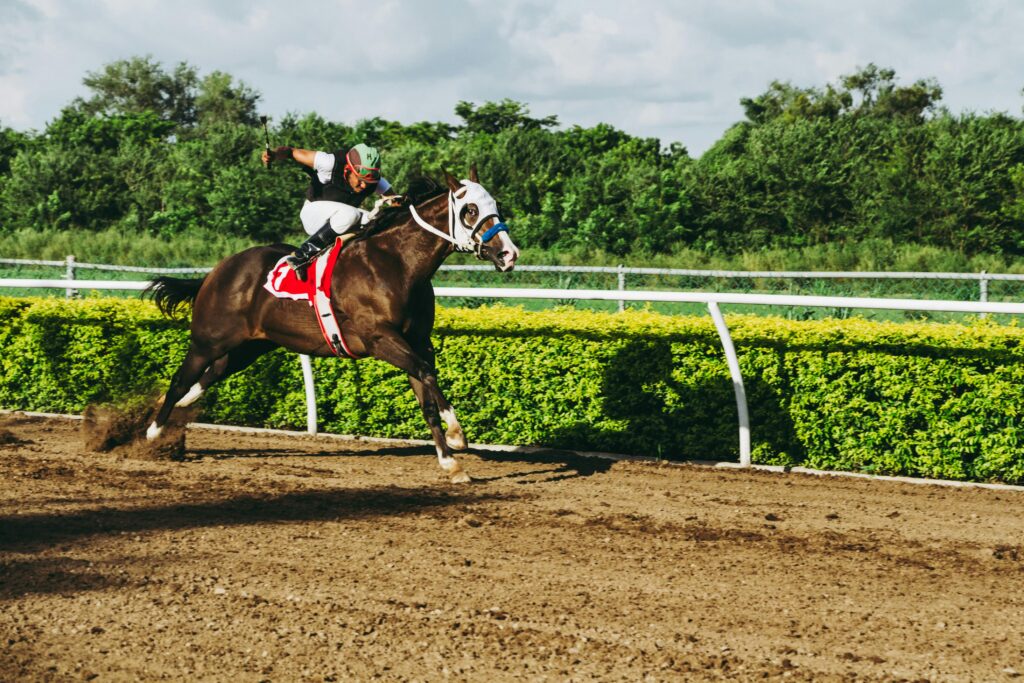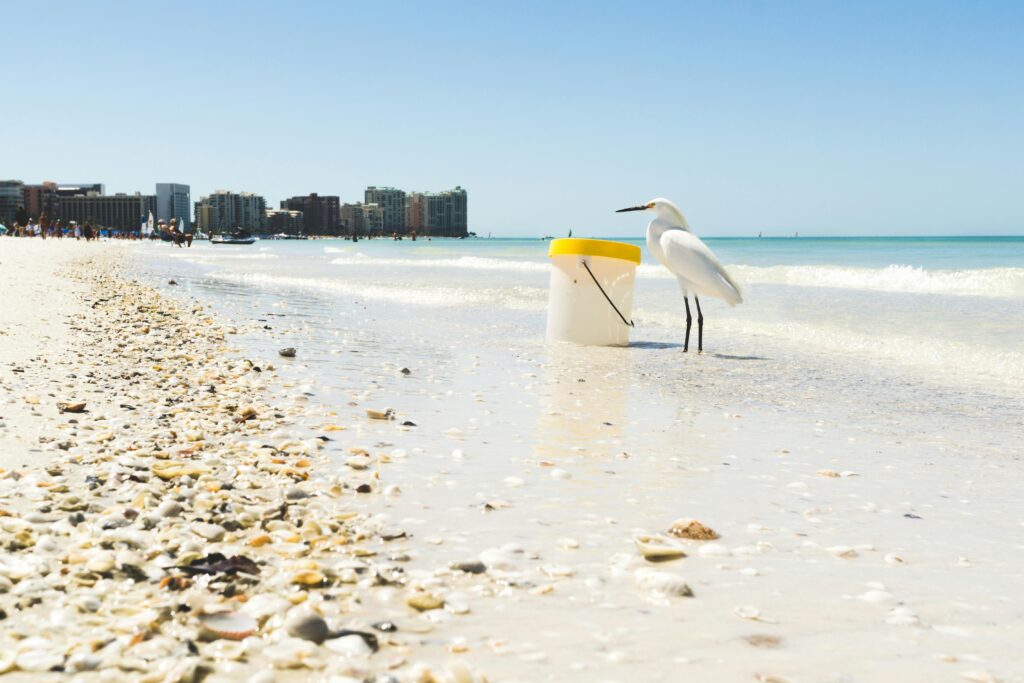Horse racing is one of the most popular spectator sports in the world for the thrill of the chase. Thoroughbreds thundering over fences and across the line in iconic races like the Grand National, the Kentucky Derby, or the Melbourne Cup is quite the sight.
In fact, the horse racing industry is growing at an exponential rate with new and growing markets abroad in Asia and the Emirates. Saudi Arabia is looking to be a year-long destination for the sport as horse racing creates a bigger regional presence. The regular global meetings bring avid fans to the track as bettors track the best racing tips, and the major festivals are brilliant social events.
All of this has a huge impact on the environment. Sporting events now have to think about their carbon footprint, but there are significant hurdles to clear, not just for the men and women in the saddle, but the industry itself when it comes to keeping it green and clean.
Travel Impact of Horse Racing
Not only do the owners of these perfect specimens travel far and wide to come and see the spectacle, but the horses themselves can travel thousands of miles on specially laid-out equine transport. It is no mean feat to keep animals of this nature calm and comfortable, and it also racks up the air miles. Getting to the starting gate is an effort in itself.
There are several steps that can be undertaken in mitigation, like adapting the modes of transportation for the animals themselves as summer temperatures increase. Horse boxes can overheat and the introduction of air conditioning is a necessity to avoid illnesses like respiratory issues and general stress. Horses have extensive physiological needs that demand the very best in ventilation.
The wider significance is stark. The energy consumption of travelling from racecourse to racecourse on the road with so many meetings is one factor. The influx of people to the course is a significant one too. The increasing use of electric vehicles would be a plus, as would fans using public transport. These are relatively small steps, but they are cumulative.
Water Management in Horse Racing
Horse racing is one of the biggest sports for water consumption. Horses need to drink a lot – something like 30 to 50 litres – and with the climate change crisis making extreme weather events more likely than in the past, the conservation of water is crucial to the future. The tracks themselves can get waterlogged due to flash flooding, or very dry indeed when unusually hot summers become commonplace.
Several racecourses are already practising water sustainability. They have bore-holes to siphon naturally occurring water as well as reservoirs. The world-famous Ascot course has recently developed a circular system that can redirect water from its roof into a self-sufficient system.
Waste Management Efficiency at Racecourses
Waste management in horse racing is another hot topic that needs careful management. The general litter at many racecourses can be a huge factor as the social element kicks in and the packaging starts to fly away as people imbibe and enjoy the merriment.
There are simple measures that racecourses can introduce like biodegradable packaging and driving towards recyclable cups and cutlery.
However, the waste management of a horse is a unique element that requires proper recycling. Horse manure is actually simple to recycle into fertilizer for the use of vegetable plots and flower beds by composting it. Any excess can be picked up and used for other agricultural or crop land masses.
In fact, British horseracing has just published its major strategy for the next five years with the clear proclamation that the success of the sport is totally dependent on the health of the natural environment. The Jockey Club, the British commercial organisation that oversees 15 racecourses, draws all its main energy sources from certified green sources.
Welfare Of Horses After Career
Ultimately, it all starts with the horses themselves. Without them, there is no sport. There has to be more cutting-edge veterinary technology to detect injuries early. Moreover, the life of a horse should not be over after it stops being useful on the racing track. Thoroughbreds can bring value in companionship, dressage or in other ways that prolong the beauty of man’s other best friend.
Leading stakeholders in the sport have a lot of power to change the direction of travel. Racecourse owners, veterinarians, and sustainability consultants can collaborate on all these hot topics to ensure that the balance between thriving sport, animal and nature is all at one.
There will always be those who protest that horses are asked to jump too high and run too far and too often. The sport must show that these creatures are truly cared for, and that the grounds around them are green and pleasant lands.




